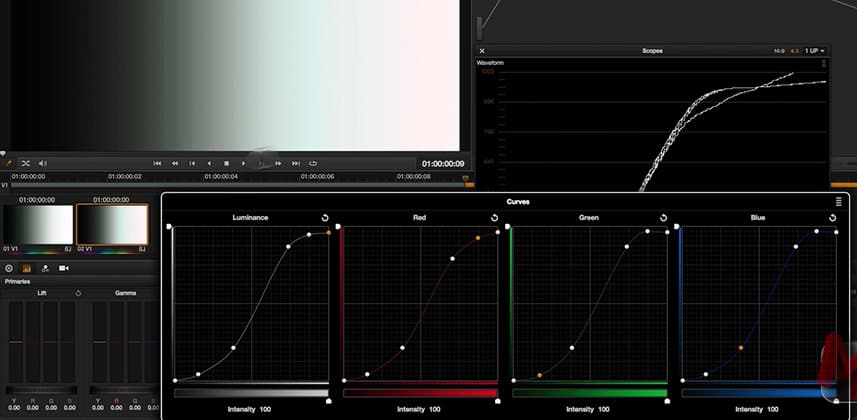| Series |
|---|
In ML0022 I demonstrated how typical camera LUTs (used for expanding the contrast of ‘flat’ log-recorded images), when applied in the middle of color grading operations, break the 32-bit Float operations of color grading apps.In this Insights Article I’ll spend some time showing you the creative nature of LUTs, using ARRI LUTs as an example. And once we understand that camera LUTs are creative tools—not technical tools—then we can feel more comfortable ignoring those LUTs and learning to grade ‘flat’ footage without their assistance.
Don’t be a slave to LUTs
The main point of this article is to teach you not to be a slave to LUTs… but rather, learn to use them when they work for you, throw them away when they don’t, make the decision quickly if you’re going to use a LUT on a job or not and if you do throw away the LUT—it’s okay!
Member Content
Sorry... the rest of this content is for members only. You'll need to login or Join Now to continue (we hope you do!).
Need more information about our memberships? Click to learn more.
Membership optionsMember Login


